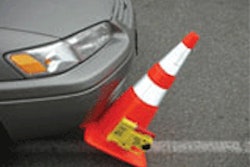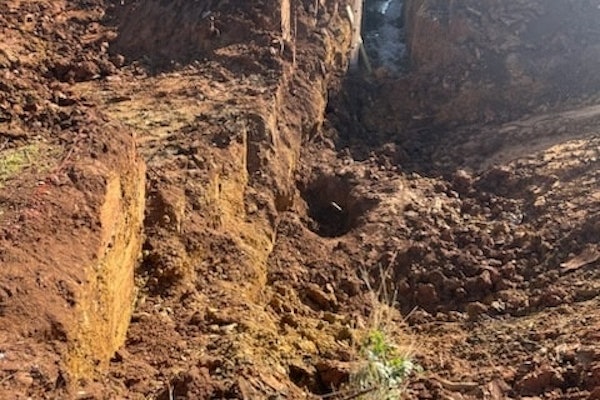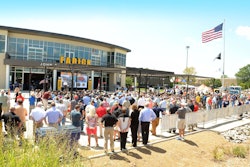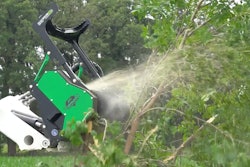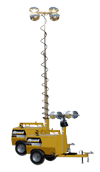
In recent years, light towers have gone through many positive changes. The quality and output of light, and the tower design itself, have all greatly improved to deliver safer and more efficient work sites than ever before.
Light Quality
The first step in producing a better quality of light began with developments in the fixtures. Previous coaxial fixtures were large and vulnerable to damage, and their design didn’t allow for very efficient light output. The parallel lamp design now used on most modern light towers is more compact and less prone to damage. But more than that, parallel lamp fixtures provide a more even and higher output of light, increasing visibility and site safety.
But the industry continues to evolve. New lighting systems produce a brighter, whiter light. This latest technology utilizes 1,250-watt lamps producing 150,000 lumens each. This not only provides a greater quantity of light, but these lights also have a higher Color Rendering Index (CRI). A higher CRI means objects are seen more clearly and appear more like they would in natural sunlight, minimizing the risk of accidents and mistakes.
Setup for Safety
To properly position light towers, The area to be illuminated must be evaluated to determine the required level of illumination. Independently-developed photometric charts available from the light tower manufacturer will help determine number of light towers required and how they must be positioned on the jobsite to achieve the optimum illumination level. Once the light tower positioning has been established, be certain that the trailer outriggers can be fully extended and the jacks firmly supported on solid ground. Use the jacks to level the trailer and ensure that it is stable before raising the lights. Always make certain that there are no overhead power lines or other obstructions that can cause operator injury or death, and only then extend the tower.
Lighting the Way
Properly adjusting the lights can sometimes be tricky with a standard fold-down type tower because it requires that the operator visualize how the lights should be positioned while the tower is lying down. The latest vertical only light tower designs simplify setup and allow the lights to be intuitively aimed while the tower is in its lowest position. Since the light’s direction does not change as the tower is raised, it is easy to see exactly how the lights must be positioned before raising the tower.
Also, today’s vertical-only towers enable all four lights to be aimed straight down, “street light” fashion. This is an especially useful safety feature in highway construction zones as it allows the area in the vicinity of the light tower to be well-illuminated without blinding oncoming traffic.
The right light tower can be priceless. From the enhanced quality of light output to the new, compact designs, today’s light towers are much more than just a simple source of illumination. When it comes to safety, these are benefits that anyone can clearly see — even in the dark.





